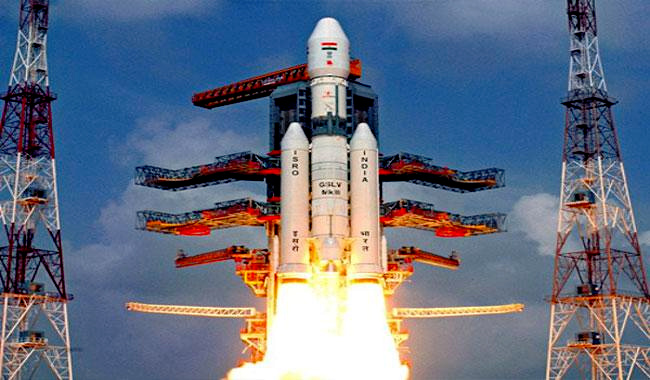Indian Space Research Organisation (Isro) is working on upgrading its heavylifter GSLV Mk III where the upper stage of the rocket will have highly refined form of kerosene as fuel in order to increase its payload capability.
Talking to TOI, Isro chairman K Sivan said, “To increase the payload capability of GSLV Mk III from 4 tonnes to 6 tonnes, we are in the process of making some improvements in rocket stages. First, we are working on enhancing the cryogenic stage fuel loading from 25 tonnes to 30 tonnes. Second, we are also working on changing the core stage L110 — which has 110 tonnes of unsymmetrical dimethylhydrazine (UDMH) and dinitrogen tetroxide (N2O4). We want to replace L110 stage with semicryogenic engine that will carry liquefied oxygen and highly refined kerosene called kerolox (aka RP-1) instead of liquefied hydrogen.”
Sivan said, “The first test of the advanced version of Mk III will take place in December 2020. With upgrade in Mk III, we will also have to upgrade the launchpad facility at Sriharikota. We have therefore issued a tender notice recently inviting quotations for infrastructure upgrades at the second launchpad.”
However, the chairman clarified the rocket with the semicryogenic stage won’t be used for the Gaganyaan mission. The current GSLV Mk III with L110 stage will only be used for the manned mission with some modifications.
The advantage of using kerolox is that it is 10 times dense — meaning the same volume of kerolox will generate more thrust than the same volume of hydrolox. It is also cheaper, more stable at room temperature and less hazardous than hydrolox. Elon Musk-promoted Space X currently uses kerolox in its Falcon 9 rocket for launching heavy payloads.
“With increase in payload capacity, the advanced GSLV MK III will help Isro cut expenses and save time,” Sivan said. Currently, India uses the services of Arianespace to launch its heavy satellites weighing over 4 tonnes. Last year on December 4, Isro had used the services of Arianespace for launching its heaviest satellite Gsat-11 weighing over 5.7 tonnes from French Guiana.
Source:TNN
Image Courtesy: FP
You may also like
-
New Heat-Based Approach To Cancer Treatment Can Reduce Chemotherapy Doses
-
Scientists Take A Major Step Towards Unification Of Classical & Quantum Gravity
-
India Graphene Engineering and Innovation Centre (IGEIC) Under the Vision of Viksit Bharat@2047 Launched
-
New High-Performance Gas Sensor can Monitor Low Level Nitrogen Oxides Pollution
-
Antidepressant Drug can be Repurposed for Treating Breast Cancer
